cleft lip is a type of deformity that occurs due to the closure of the fetal mouth in the early stages of pregnancy. This birth defect is very common and it is estimated that every three minutes in one corner of the world a baby lip is born, that is, one in every 500 to 750 babies born has cleft lip and palate. Diagnosis of cleft lip is sometimes easy because there is a cleft lip. But sometimes the problem of sugary lips is not easily seen, because there is a gap in the roof of the mouth or palate. Cleft lip and palate not only affects the baby’s beauty, but also impairs his ability to eat and talk. Cleft lip and palate often cause problems for the teeth that need restorative and orthodontic treatment.





cleft lip is basically a cleft in the upper lip. This gap may be in the middle or left or right of the lip. There is a cleft palate in the hard palate, the bony part of the front of the roof of the mouth, or in the soft palate, the non-bony muscular part of the back of the roof of the mouth. The cleft palate, like the cleft lip, may be in the middle or on either left or right palate. The cleft palate sometimes extends from the maxilla to the back of the throat. Because lip and palate growth does not occur at the same time and occurs during different weeks of pregnancy, the baby may have only cleft lip or palate or both.
In terms of the price of health services, Healtha aims to offer the most competitive prices with other countries so that the price of Healtha services is much lower than the price of similar services around the world.
In this section, you can watch videos related to your treatment.
These videos are just a small part of a big change in Healtha.
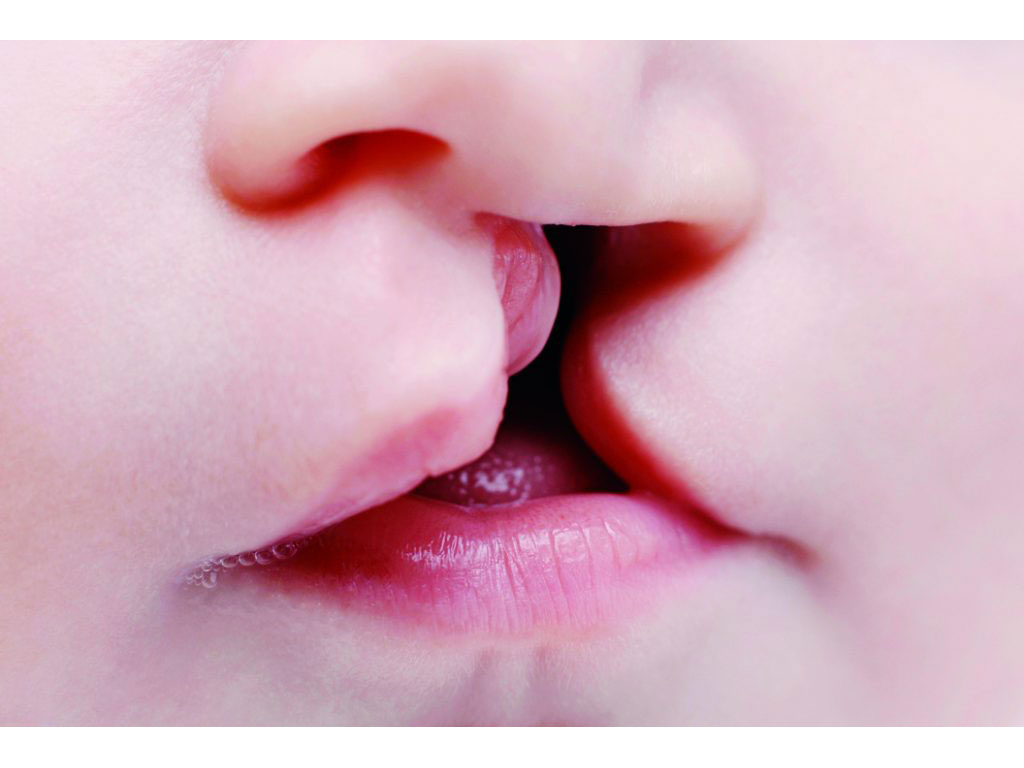
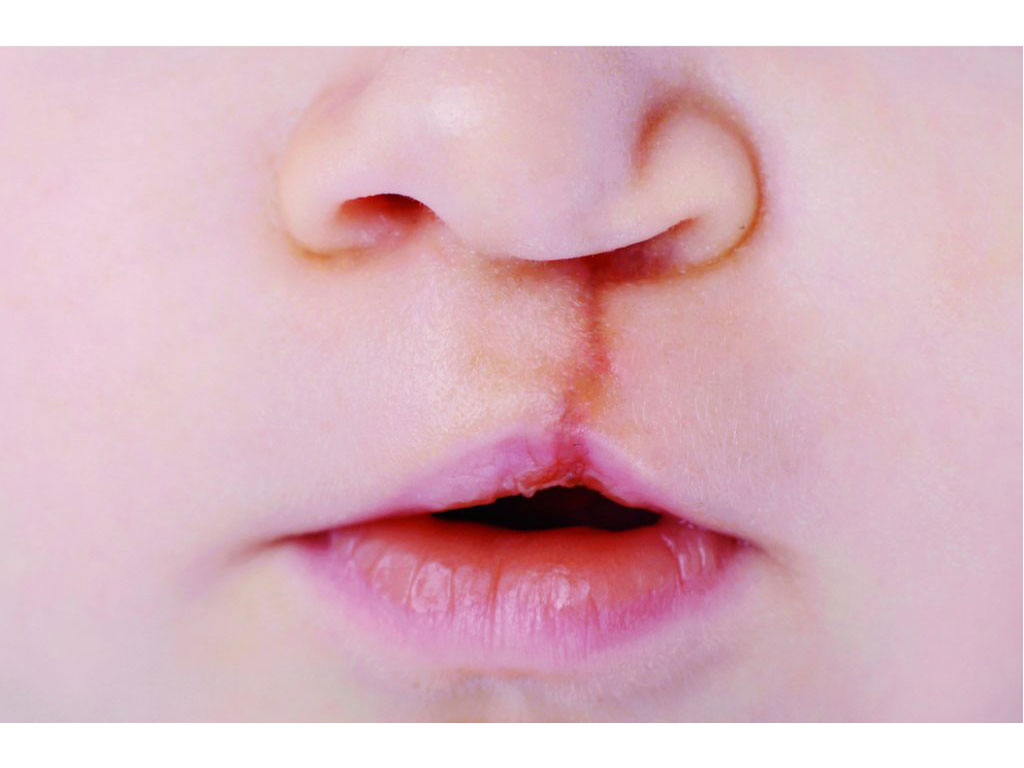

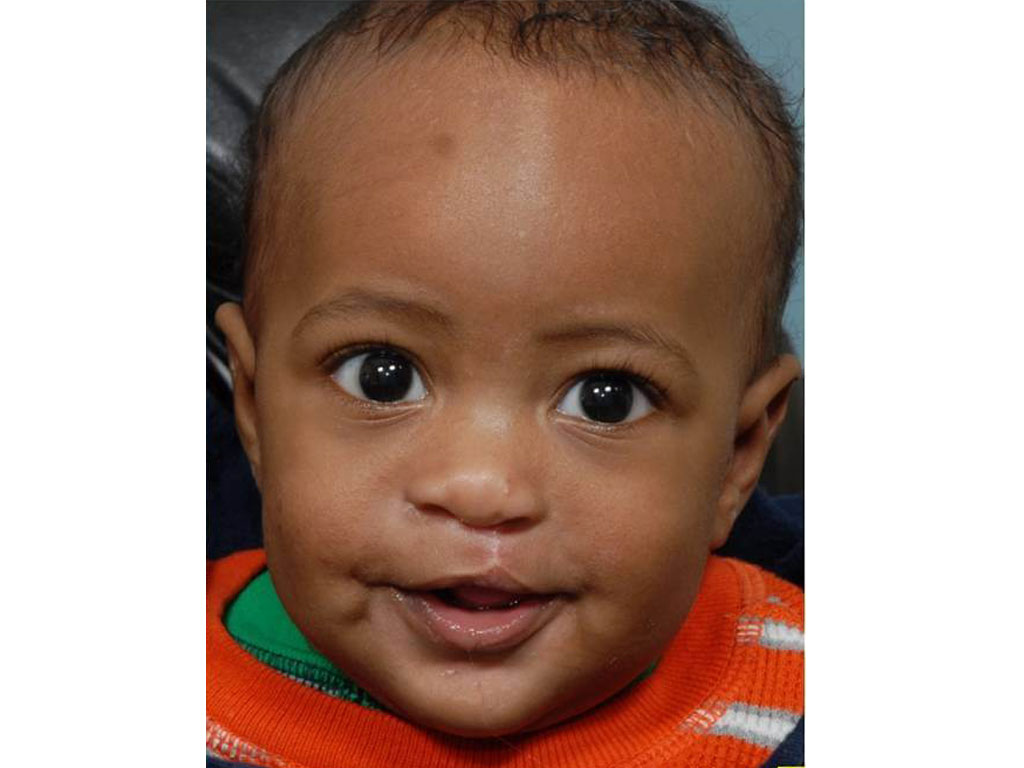
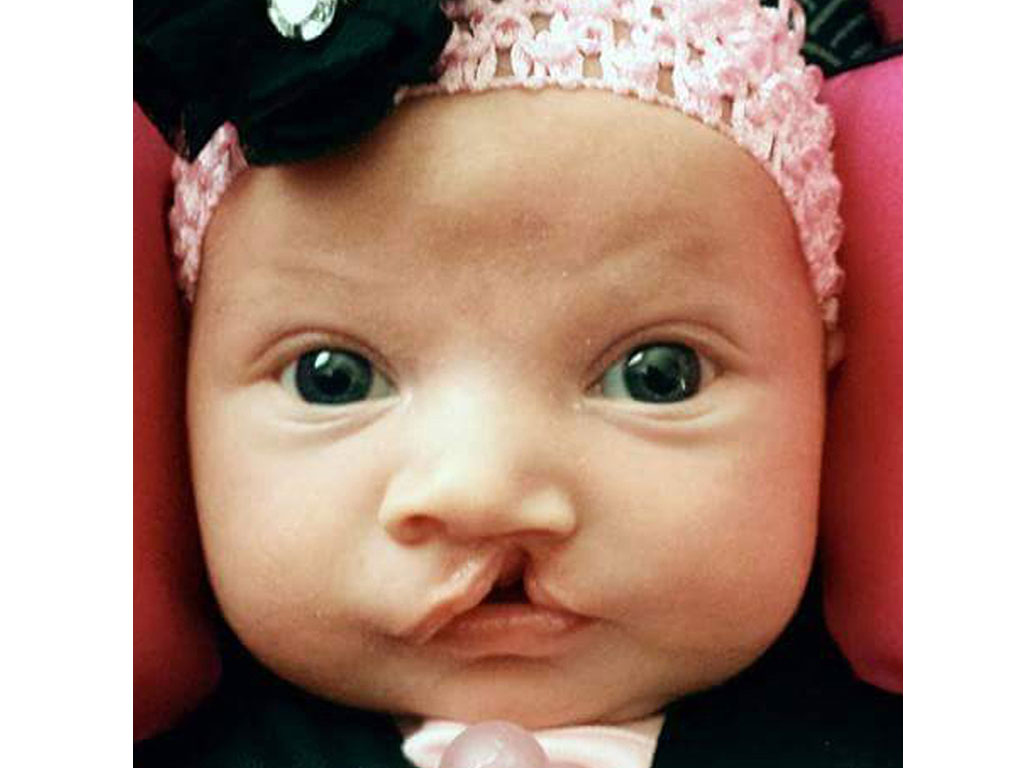
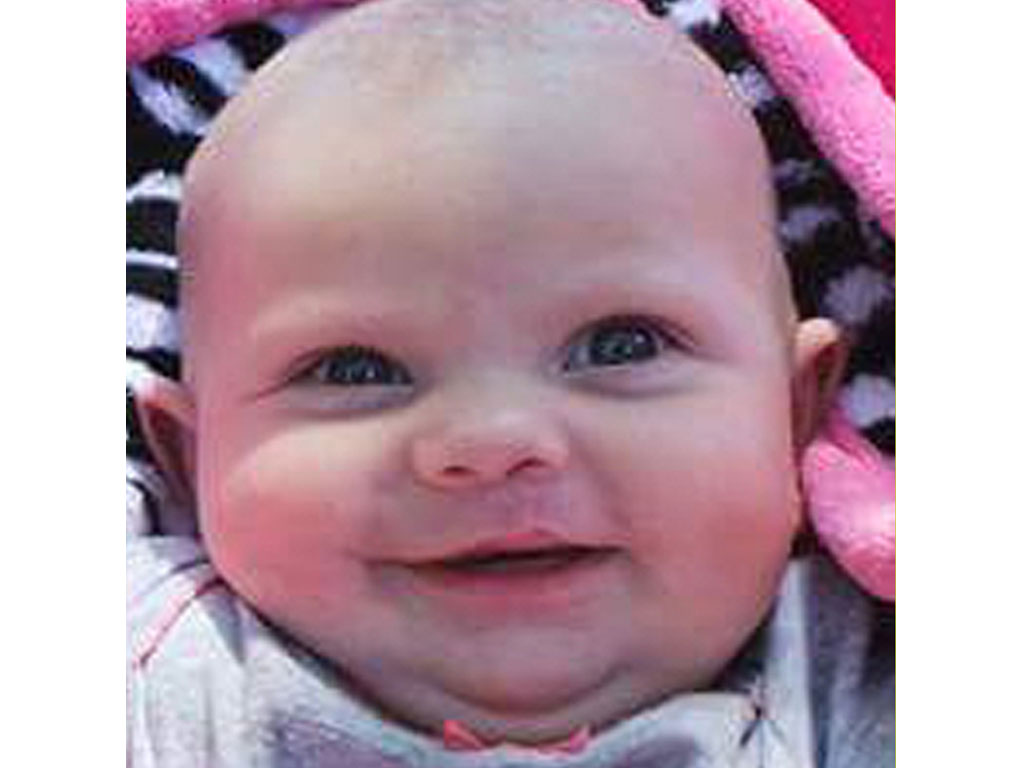
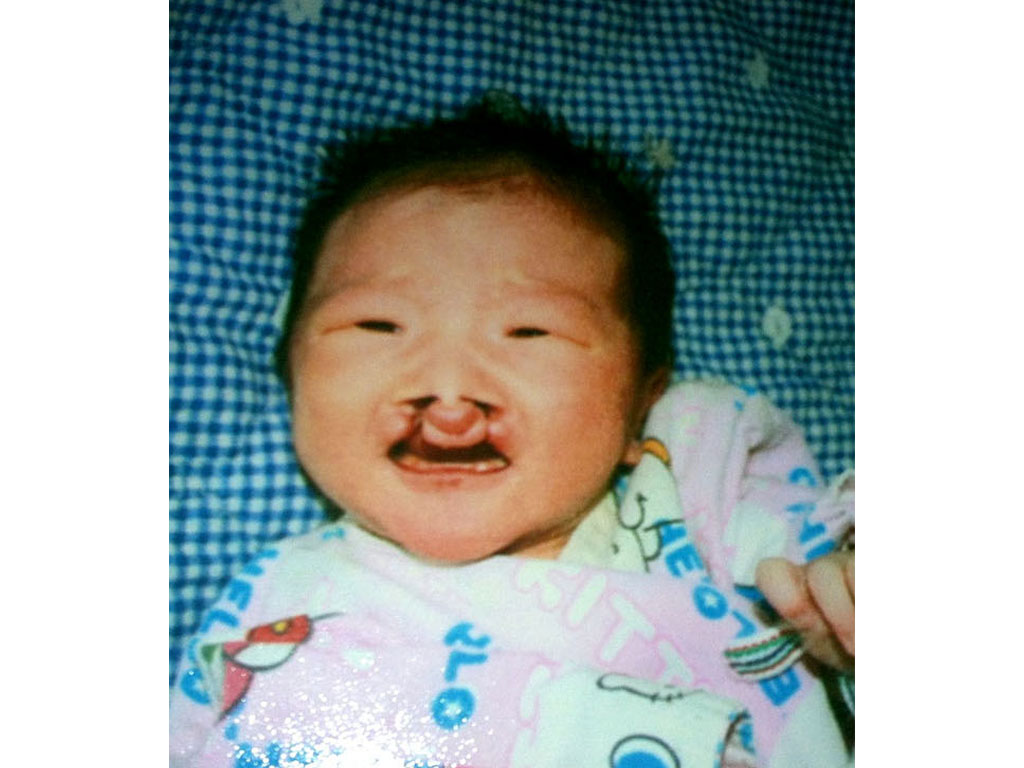
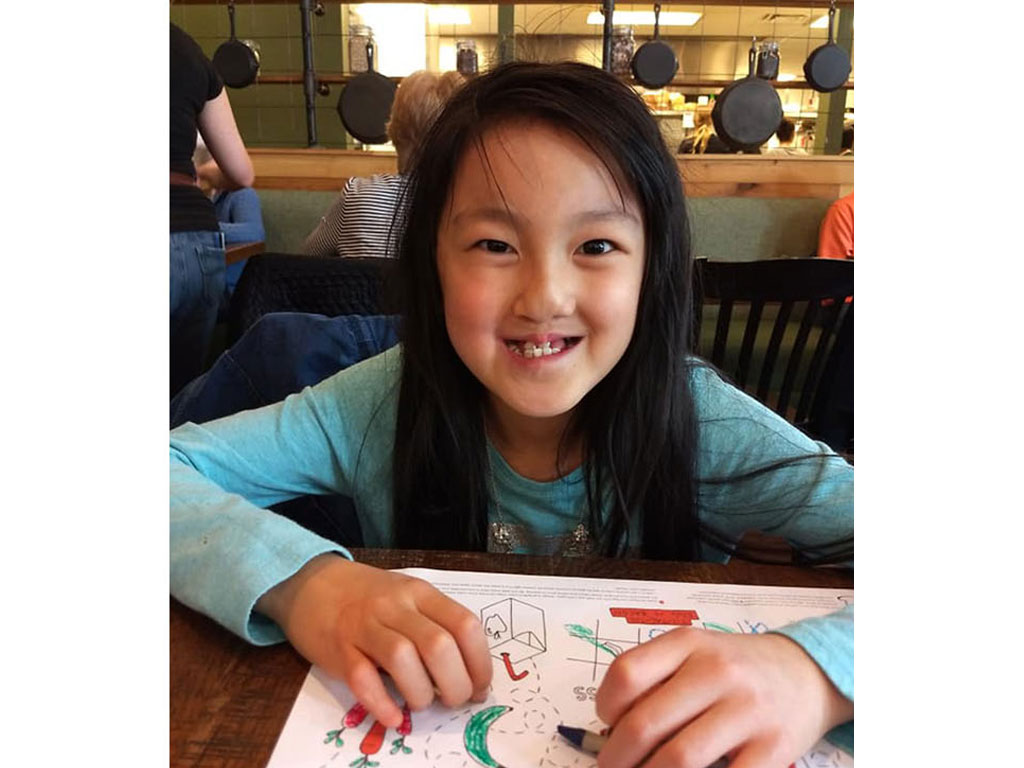
Our patients’ experience of Healtha treatment
That varies from patient to patient. At the minimum, one surgery is needed to repair the lip and a separate surgery is needed to repair the palate. However, several surgeries are needed to make the lip appear as normal as possible. And sometimes additional surgeries involving the palate are needed to improve speech.
No. About 50 percent of children with clefts have clefts that involve the lip and palate. Another 25 percent have clefts that involve only the lip and the remaining 25 percent have clefts that only affect the palate.
We believe that there are genetic causes in some children, we believe that there are environmental causes in other children, and in many children we suspect there is an interaction between genetics and environment. And by environment I mean the environment in which the baby develops in-utero, and the environment in which the mother lives. We know that exposure to alcohol abuse predisposes the baby in the womb to birth defects that may include cleft palate. That disorder is called fetal alcohol syndrome. In children with Pierre Robin Sequence, clefts are a result of an underdeveloped mandible, which is the bone that makes up the chin. Pierre Robin Sequence is a special case where clefts are concerned.
Usually babies require several days of close monitoring after surgery. Recovery usually requires several weeks of special care. During those weeks, the first few days after surgery, movement of the child’s hands may be restricted so they don’t put their fingers in their mouths and disrupt the surgical repair.
After surgery, it is really important for the family to follow up with the cleft surgeon to ensure that the healing process is progressing the way it should. There is always a risk of infection and breakdown of sutures at the surgical site, and so it is very important that the family stay in close contact with the surgeon post-operatively.
Read Also
Read Also
No. 326, St. Khaje Nasir , St. Shariati Tehran , Iran
info @ healtha.health
+98 910 398 2050
© 2024 Healtha Corporate . All rights reserved.
If you are seeking advice or treatment from Healtha
Please fill in the submission form and send it .
Rest assured that you will be contacted by Healtha at the earliest opportunity without wasting time .